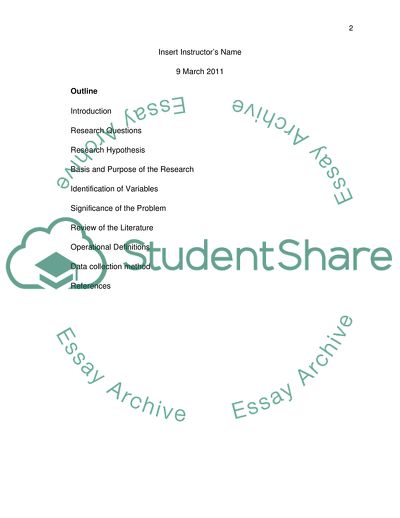Cite this document
(Does Cognitive Behavioral Therapy work best for Bipolar I or Bipolar Research Proposal - 1, n.d.)
Does Cognitive Behavioral Therapy work best for Bipolar I or Bipolar Research Proposal - 1. https://studentshare.org/psychology/1749622-does-cognitive-behavioral-therapy-work-best-for-bipolar-i-or-bipolar-ii-disorder
Does Cognitive Behavioral Therapy work best for Bipolar I or Bipolar Research Proposal - 1. https://studentshare.org/psychology/1749622-does-cognitive-behavioral-therapy-work-best-for-bipolar-i-or-bipolar-ii-disorder
(Does Cognitive Behavioral Therapy Work Best for Bipolar I or Bipolar Research Proposal - 1)
Does Cognitive Behavioral Therapy Work Best for Bipolar I or Bipolar Research Proposal - 1. https://studentshare.org/psychology/1749622-does-cognitive-behavioral-therapy-work-best-for-bipolar-i-or-bipolar-ii-disorder.
Does Cognitive Behavioral Therapy Work Best for Bipolar I or Bipolar Research Proposal - 1. https://studentshare.org/psychology/1749622-does-cognitive-behavioral-therapy-work-best-for-bipolar-i-or-bipolar-ii-disorder.
“Does Cognitive Behavioral Therapy Work Best for Bipolar I or Bipolar Research Proposal - 1”. https://studentshare.org/psychology/1749622-does-cognitive-behavioral-therapy-work-best-for-bipolar-i-or-bipolar-ii-disorder.


